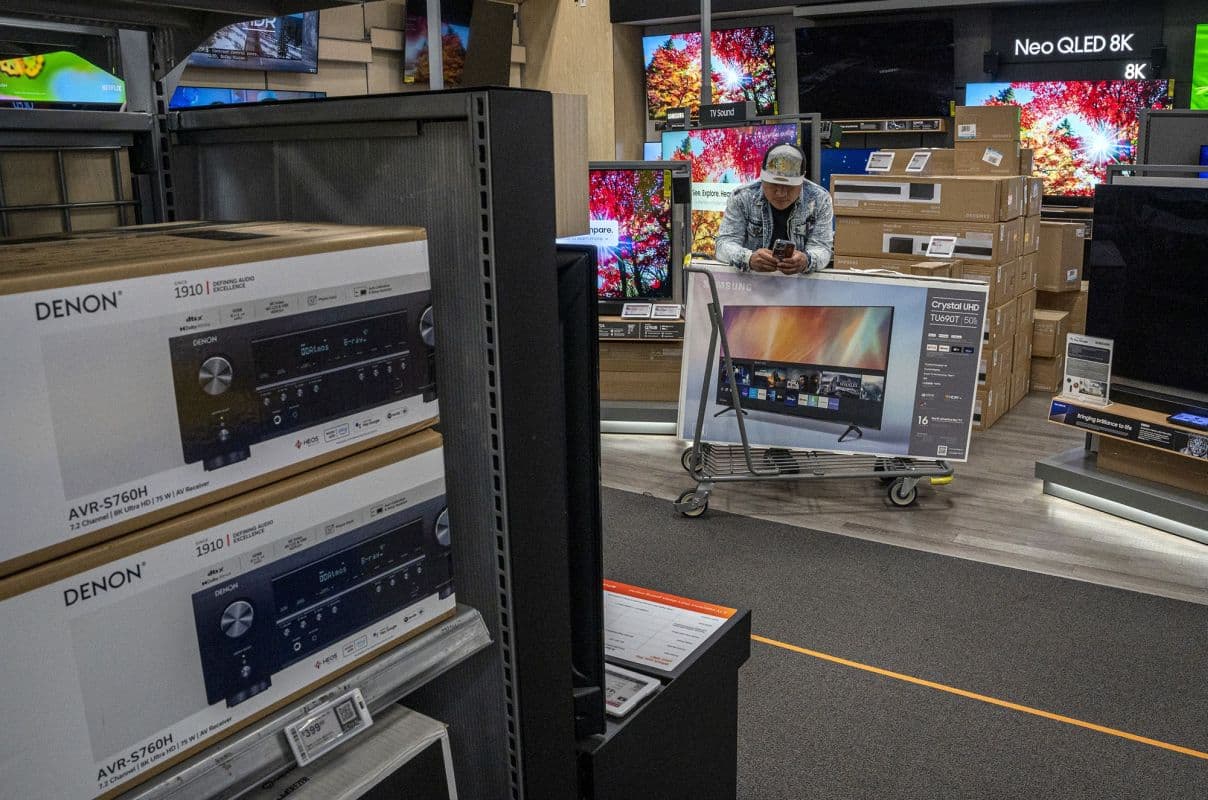
(Jan 18): US retail sales fell in December by the most in a year, suggesting consumers are losing some of the resilience that’s kept the economy growing in the face of rapid inflation and steep Federal Reserve interest-rate hikes.
The value of overall retail purchases decreased 1.1% in December after a downwardly revised 1% drop in the prior month, Commerce Department data showed Wednesday. Excluding gasoline and autos, retail sales fell 0.7%. The figures aren’t adjusted for inflation.
The median estimate in a Bloomberg survey of economists called for a 0.9% decline in total retail sales.
Ten of 13 retail categories fell last month, according to the report, including motor vehicles, furniture and personal care stores. The value of sales at gasoline stations slumped 4.6% as prices steadily dropped.
The year-end slide in retail sales sets up what economists expect to be a softer 2023 for consumer spending, and therefore growth. While a strong jobs market has supported shoppers, Americans are still feeling strained — the saving rate is near a record low and credit-card balances have surged.
“The impact of a year of very aggressive central bank tightening and quantitative tightening are starting to bite the economy and they’re biting hard,” Bob Michele, chief investment officer at JPMorgan Asset Management, told Bloomberg Surveillance.
The data cap a year in which retail sales rose 9.2%, the second-most ever in figures back to 1993, though it also reflects rapid inflation. Resilient spending has been a source of frustration for the Fed as it tries to weaken demand across the economy, and consumers have played a role in keeping prices elevated.
That said, inflation has shown more consistent signs of slowing in recent months, putting the Fed on track to again slow the pace of interest-rate hikes. The central bank is expected to raise rates by a quarter point when it meets in two weeks.
The Treasury yield curve further inverted following the data, indicating growing bets that the economy will slide into recession. A separate report Wednesday showed a measure of business and wholesale prices posted the biggest monthly drop since the start of the pandemic, adding to signs that inflation pressures are cooling.
Investors continue to bet the Fed will downshift its pace of interest-rate hikes to a quarter percentage-point at its Jan 31-Feb 1 meeting and follow suit in March, according to pricing in futures markets after the data was released.
But they lowered where they see rates peaking by a couple of basis points, to about 4.88%, and continue to price in around a half percentage point of easing by the end of the year. In contrast, Fed officials in December projected rates peaking around 5.1% and staying there through 2023.
Broad weakness
For most of the year, Americans have been spending more of their dollars on services, but December was broadly weak. Sales at restaurants and bars — the only service-sector category in the report — declined 0.9% last month, the biggest drop in nearly a year.
December, at the tail end of the holiday-shopping season, is traditionally a solid month for retail sales. However, a wide variety of discounts may have contributed to the weaker figures, especially in categories like electronics and apparel.
So-called control group sales — which are used to calculate gross domestic product and exclude food services, auto dealers, building materials stores and gasoline stations — dropped 0.7%.
The retail sales report can be difficult to draw concrete conclusions from since the data aren’t adjusted for inflation and mostly only capture spending on goods. A fuller picture of December household demand, which includes both price-adjusted figures and services spending, will be released next week.